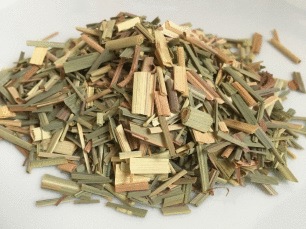
Lemon Grass Whole Cut
Taste similar to Lemon, but without the bitterness, this light and citrus like powder and cuts are popular throughout Asian cuisine. Most commonly found in soups, curries, teas, sauces and dips.
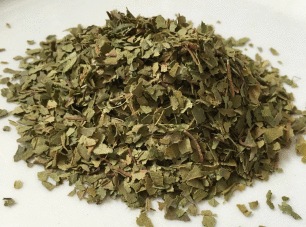
Lemon Myrtle Leaf
Leaves from the Lemon Myrtle tree, native to Australia, are available in whole form or powdered. Like their name suggests, they have a rich and smooth citrus aroma that is used as a refreshing element in dishes. Ideal for teas served hot or cold, beef , fish or rice dishes, breads, sauces, dips and desserts, it can be used as a replacement for lemon. When cooking with hot temperatures, it is used later in method, as any longer then 15 minutes in high temperatures can cause a bitter taste to develop.
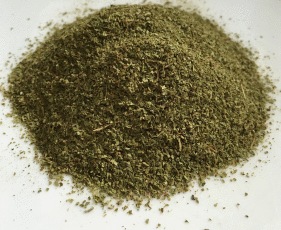
Lemon Myrtle Powder
Leaves from the Lemon Myrtle tree, native to Australia, are available in whole form or powdered. Like their name suggests, they have a rich and smooth citrus aroma that is used as a refreshing element in dishes. Ideal for teas served hot or cold, beef , fish or rice dishes, breads, sauces, dips and desserts, it can be used as a replacement for lemon. When cooking with hot temperatures, it is used later in method, as any longer then 15 minutes in high temperatures can cause a bitter taste to develop.
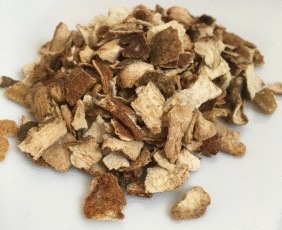
Lemon Peel Pieces
Zest from dehydrated lemons that are kept in their original form or powdered, they have the lemony aroma with a milder tangy flavour then the juice of lemons. Used to flavour ice-creams, lemon flavour candies and baked goods, their use is found in both savoury and sweet dishes. Flavouring agent in marinades, dressings, seasoning blends, chutneys and marmalades.
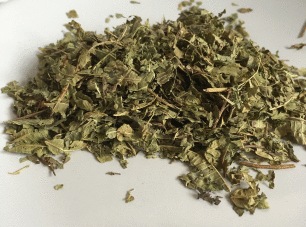
Lemon Verbena Organic
The most intense of all lemon scented plants, the leaves of the Lemon Verbena plant have a multitude of culinary use. From substituting peppers, to flavouring sorbet and ice-creams, these leaves may also be used in teas.

Liquorice Root Cut
With a distinct and sweet liquorice flavour, it is mostly used as a flavouring agent within dishes. Pairing well with star anise and ginger, it can most commonly be found in Chinese cuisine, confectionary and baked goods.
Liquorice root cut is best used to infuse flavour within a sauce or marinade, but removed prior to consumption.
The powder form, however, is commonly used to flavour ice cream, creams, crumbles, cakes and confectionary.
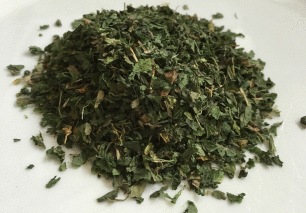
Nettle Leaf
Grown in Egypt, these organic leaves have a spinach like flavour, that is refreshed with likeness to cucumber when cooked. Rich in vitamins and minerals, the nettle leaf have a range of use, put to practice in North Eastern Europe. Most commonly found in polenta, soup, pesto and teas, the small flake adds freshness to a dish, along with a range of healthy benefits!
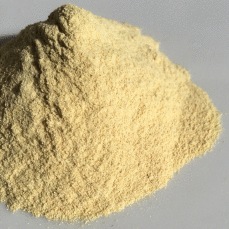
Orange Peel Powder
Bittersweet, with the subtle citrus orange flavour. mostly used in Asian cuisine, perfect addition to Asian stocks, soups, cakes and puddings.
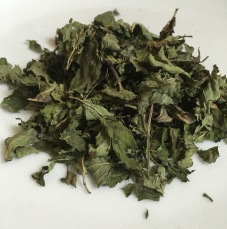
Peppermint Leaf
The beautifully green leaf from the mint family has a historic record as a common ingredient in herbal teas, as opposed to culinary use. With a sweet minty flavour, it is warm and refreshing. Other then teas, it can also be used to flavour ice cream, chocolate cake, boiled sweets, toothpaste and skin care products.
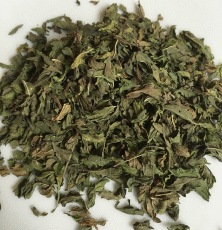
Spearmint Leaves
The most commonly used mint leaf, spearmint leaves have a sweeter and milder taste then peppermint leaves. Combining well with thyme and oregano, they are great for marinades, sauces and even in desserts for a subtle, cool flavouring.
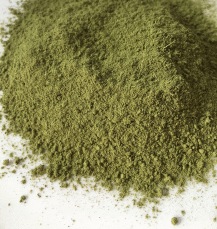
Stevia Leaf Powder
10-15 times more sweeter than sugar, this chemical free powder is used as a substitute for sugar, and as a natural sweetener. Finding its place in natural health food store, stevia is often mixed in coffee, teas, and lately, in soft drinks. The perfect way to get the sugary taste, without sugar!
